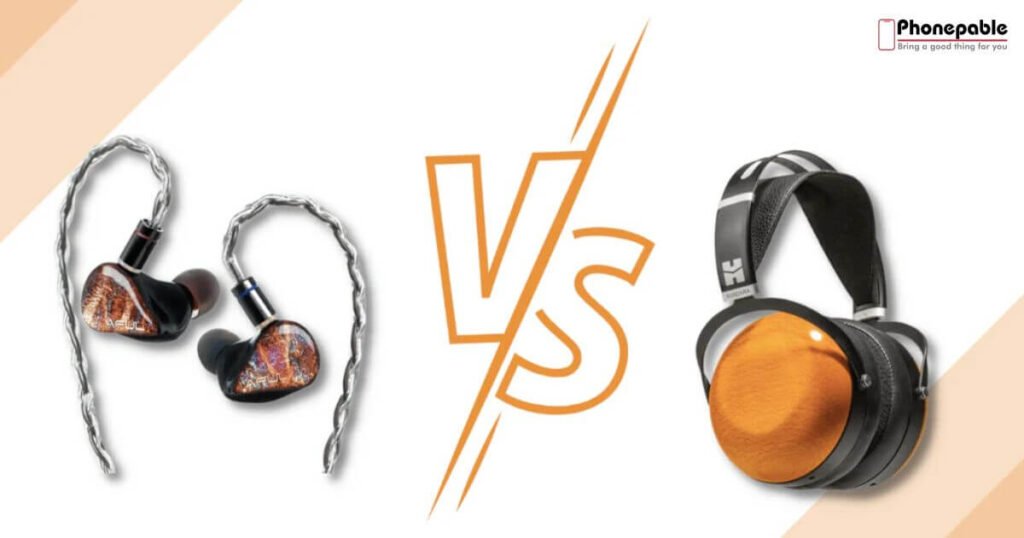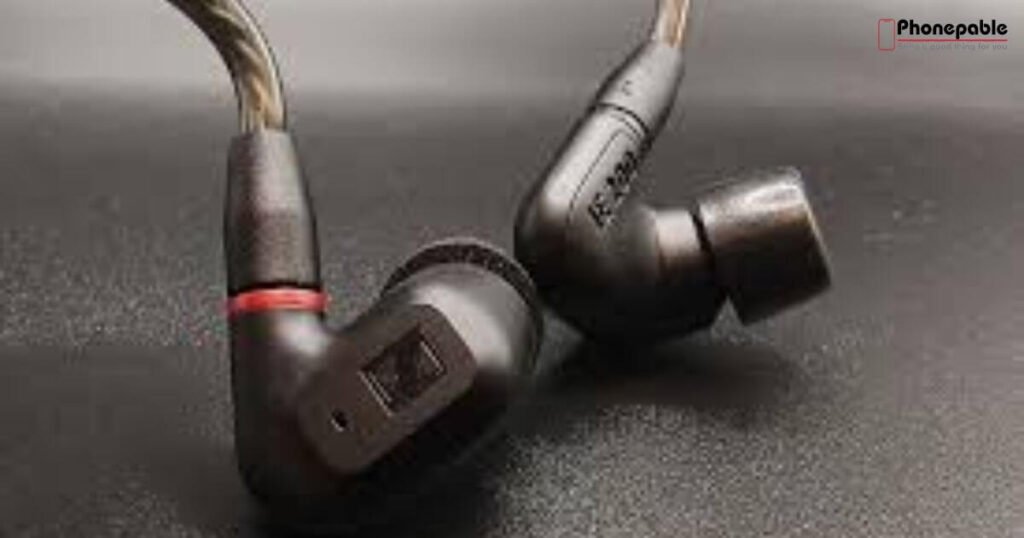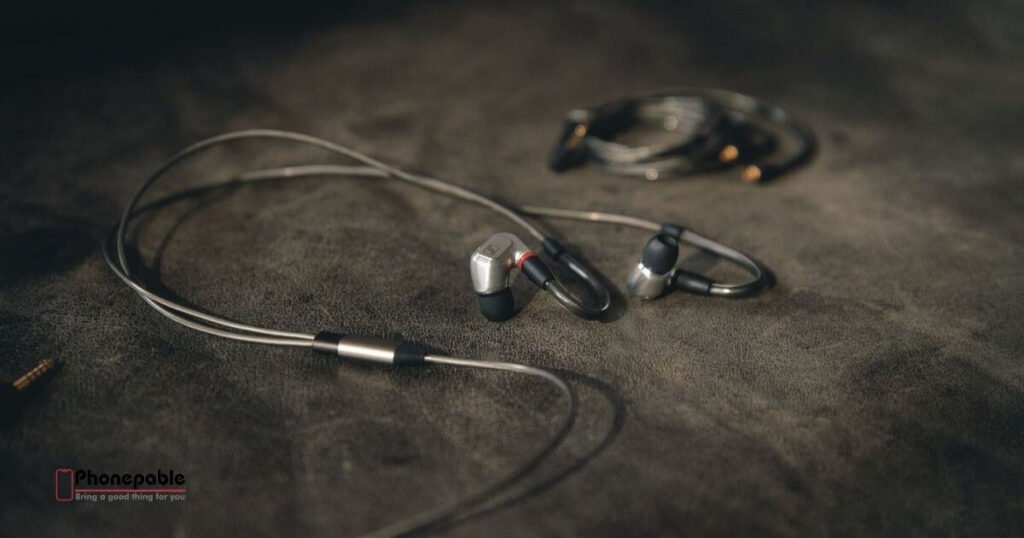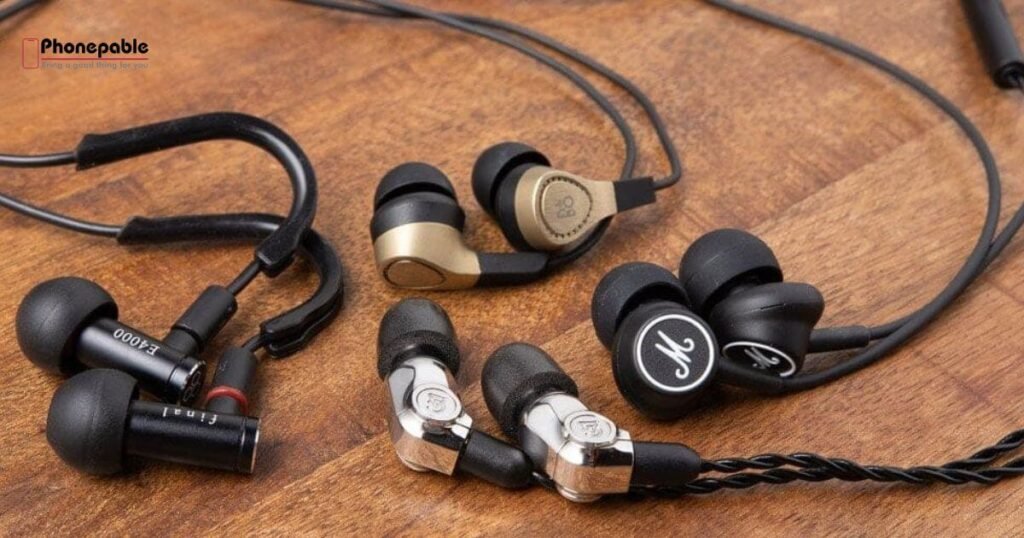
Choosing between IEMs and headphones can feel overwhelming, especially when both promise great audio. In 2025, the debate of IEMs vs headphones matters more than ever as technology keeps improving.
Whether you’re an audiophile, gamer, or casual listener, understanding the differences in soundstage, comfort, and portability helps you make the right choice. This guide breaks down everything—from audio fidelity and noise isolation to driver technology and daily use—so you can confidently decide what works best for your lifestyle.
What Are IEMs and Headphones?
In-ear monitors or IEMs are small earpieces that go directly into your ear canal. They’re lightweight and offer strong passive noise isolation. Headphones, especially over-ear types, rest on or around your ears and offer a more open, spacious acoustic environment.
IEMs are favored for portable audio equipment, while high-fidelity over-ear headphones excel in home or studio listening. IEMs use balanced armature or dynamic drivers, while headphones may use planar magnetic or electrostatic driver technology. Understanding these basics helps you pick the right gear.
Sound Quality Comparison – Which Offers Better Audio Fidelity?
IEM sound quality has improved a lot. Many IEMs now offer clear treble extension, tight sub-bass response, and rich vocal clarity. They’re great for detailed listening, especially with custom-molded fit.
Headphones, on the other hand, give better soundstage depth and a wider frequency separation. They recreate a live-feel with better playback realism. For critical listening, many still prefer professional-grade audio from studio headphones vs IEMs.
Comfort and Fit – Choosing What Feels Best for Long Listening

Headphones offer more padding and less pressure in the ears. They’re great for extended use and often win in comfort score. People with sensitive ears or ear fatigue from headphones may still struggle, especially with heavy builds.
IEMs, especially those with custom fit ear tips, provide a snug fit. However, some users may experience listening fatigue due to direct ear canal contact. Choosing the right tip and size matters a lot.
Portability and Daily Use – Which One Fits Your Lifestyle?
For travelers and commuters, compact audio gear like IEMs is a better choice. They’re easy to store, weigh less, and stay in place during motion.
Headphones are bulkier and harder to carry. But if you’re working from home or at a desk, their larger frame isn’t a big issue. Portability depends on your daily routine and environment.
Gaming and Entertainment – Which Sounds Better for Games & Movies?

When it comes to gaming, headphones for gaming offer a wider sonic imaging field. You can pinpoint footsteps or sound cues thanks to their larger driver tuning and better ambient sound rejection.
Some high-end IEMs also offer great directional sound. But for immersive media like movies and games, headphones soundstage remains superior. Still, IEMs are handy for mobile gaming and on-the-go entertainment.
Noise Isolation vs Cancellation – What Blocks Sound Better?
Noise isolation in IEMs is passive. A good ear tip seal keeps outside noise away. This makes them ideal in loud spaces like public transit.
Headphones use active noise cancellation to block background sounds electronically. While effective, they depend on battery and can cause slight pressure buildup. For silence without electronics, IEMs win. For tech-driven quiet, headphones do better.
Durability and Build Quality – Which One Lasts Longer?
Many headphones have higher durability rating due to their strong frames and replaceable parts. They’re built for years of use. Brands like Sennheiser and Sony often offer repair services.
IEMs, especially budget IEMs vs premium IEMs, vary a lot. Cheap models break easily. High-end IEMs with detachable cables and metal housings last long. If treated with care, both can serve well.
How to Wear IEMs Properly – Fit Tips for Beginners
To wear IEMs right, insert the earpiece gently into your ear canal and twist slightly. Use the over-ear cable design if available to reduce strain and cable noise.
Make sure you test different custom fit ear tips for the best isolation levels and sound pressure levels. A poor seal will ruin the audio clarity comparison. Proper fit makes a big difference.
Are IEMs Safe for Long-Term Listening?
Using IEMs daily is safe if the volume is kept moderate. Because they sit close to the eardrum, loud levels can increase risk of hearing damage.
Experts recommend following the 60/60 rule: 60% volume for no more than 60 minutes at a time. Proper hygiene and regular breaks reduce the chance of irritation.
Use in Studios and Professional Settings – What Do the Pros Prefer?
In studios, professional monitoring headphones are common for mixing and mastering. They offer consistent tonal accuracy, wider soundstage comparison, and better frequency separation.
But for live shows, IEMs for live performance are a must. They offer monitoring precision and block crowd noise efficiently. Musicians can hear their mix clearly without stage monitors.
Value for Money – Which One Offers Better ROI?

Budget IEMs vs premium IEMs give you many affordable options without losing quality. You can get great audio fidelity under $100. Some outperform headphones twice their price.
However, high-fidelity over-ear headphones offer better long-term value if you listen at home or use them for work. They are more durable and retain value longer.
Popular Use Cases – Who Should Use IEMs vs Headphones?
IEMs are best for travelers, gym users, and live performers. They’re light, discrete, and ideal for portable audio equipment. Audiophiles who love precision may also prefer them. Headphones fit those working from home, music producers. If you need maximum comfort and rich sound, they’re unbeatable. Use the table below for a quick comparison.
IEMs vs Headphones: Quick Comparison Table
| Feature | IEMs | Headphones |
| Portability | High | Medium to Low |
| Soundstage Depth | Limited | Wide |
| Comfort Score | Moderate (depends on fit) | High (padded cushions) |
| Driver Technology | Balanced Armature / Dynamic | Dynamic / Planar Magnetic |
| Noise Isolation | Passive | Passive + Active (ANC) |
| Listening Fatigue | Higher for long use | Lower for padded designs |
| Ideal Use Case | Travel, live performance, casual | Studio, gaming, long home sessions |
Conclusion:
Whether you choose IEMs or headphones, both offer unique benefits. Consider where, when, and how you’ll use them. For portability, isolation, and cost, IEMs win. For comfort, playback realism, and immersive listening, headphones are the better pick.
Want help choosing the right model? Let us know, and we’ll guide you!
Frequently Asked Questions (FAQs)
Do IEMs have better imaging than headphones?
IEMs offer precise sonic imaging, but headphones usually provide a wider soundstage depth.
Is IEM better than headphones?
IEMs are better for portability and noise isolation, while headphones often win in comfort and audio fidelity.
Why do people prefer IEMs over headphones?
People choose IEMs for their compact design, custom-molded fit, and superior isolation levels in loud environments.
What are the disadvantages of IEM?
IEMs can cause listening fatigue, lack soundstage spaciousness, and may feel uncomfortable without a proper ear tip seal.
Why do pros use IEMs under headset?
Professionals use IEMs under headsets for monitoring precision, clear mix control, and reduced ambient sound rejection.
Are IEMs actually worth it?
Yes, IEMs are worth it if you need detailed sound, passive noise isolation, and custom-fit comfort on the go or on stage.

